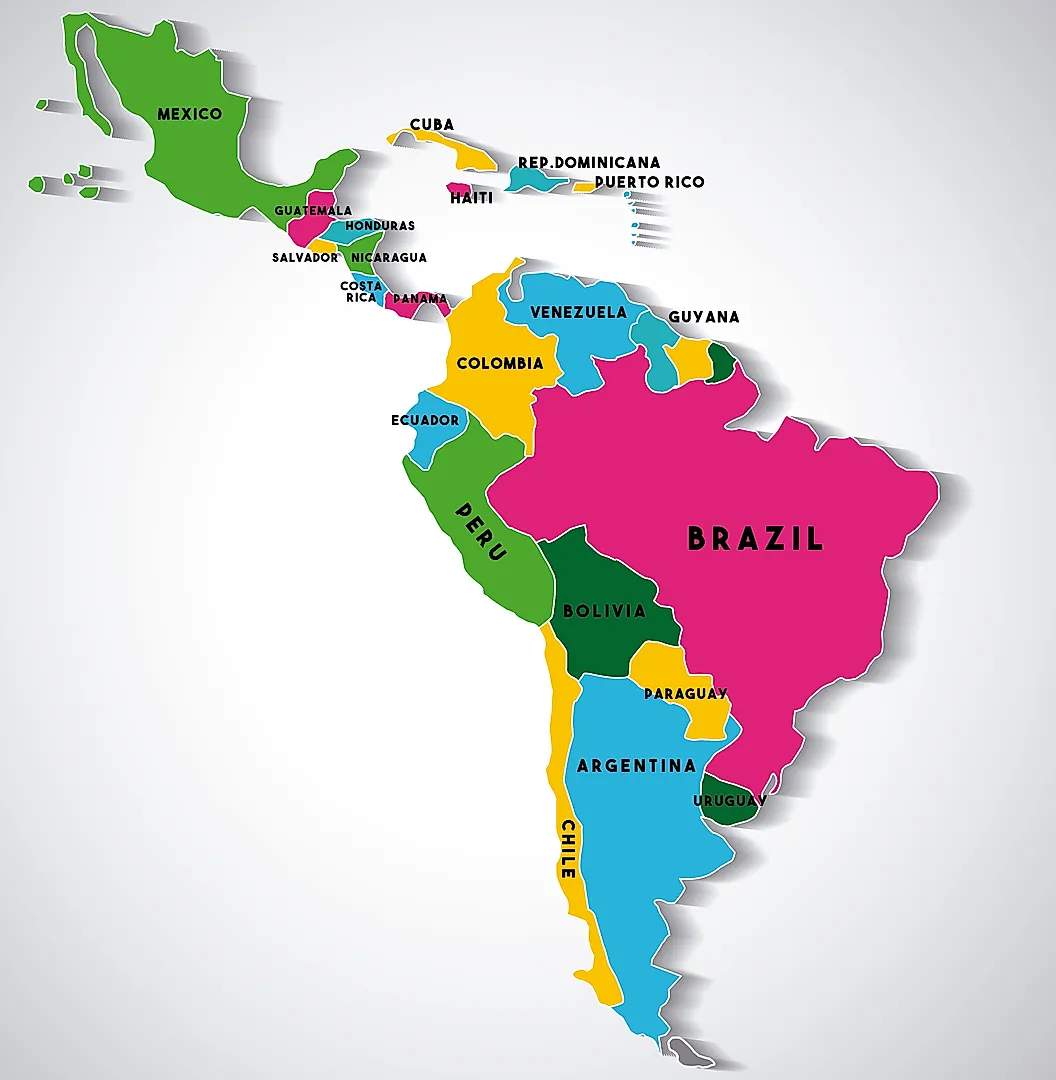Claudia Fote’s father was Fortunato Leandro Fote, a sugarcane union leader who was disappeared by the dictatorship in Tucumán on December 1, 1976. Through legal investigations and trial testimony, she knows he was detained at some of the province’s most infamous clandestine detention centers, like the Escuelita de Famaillá, the former police headquarters, and the Miguel de Azcuénaga Arsenal. Almost 50 years later, she has not been able to pinpoint how he was murdered or where his remains are located. She is hoping a new search can finally put an end to her quest. “Hope is reignited every time there’s a new dig searching for the remains of desaparecidos,” Fote told the Herald. The military dictatorship hit the Fote family with an unfathomable ferocity: her father, mother, and two brothers were disappeared, as well as 20 other relatives of her extended family. “I have a lot of pain in me and in my family and so many unanswered questions.” Fote’s expectations are centered on a new dig the famed Argentine Forensic Anthropology Team (known in Spanish as EAAF) is conducting in the Cemeterio del Norte in the provincial capital of San Miguel de Tucumán. The goal is to search for common graves that could have been used to bury the remains of people who were disappeared in the province between 1975 and 1983. This is not the first time the EEAF has centered its efforts on this 12-hectare cemetery. They searched the premises between 2005 and 2008 after records showed that around 200 unidentified bodies had been buried there between June 1975 and December 1983. The current investigation is set to pick up where the previous one left off. The working theory is that the remains belong to possible victims of state terrorism murdered from the start of Operation Independence, a military campaign launched in February 1975, and throughout the military dictatorship that began on March 24, 1976. The search is being conducted by the federal judiciary and coordinated by the Crimes Against Humanity Prosecutors Office in Tucumán, led by Prosecutor Pablo Camuña. What the search has found so far The search is focused on 436 graves located across different areas of the cemetery. Investigators have discovered several remains with markings consistent with gunshots. As part of their research, they checked when those bodies arrived and cross-referenced the dates with newspaper clippings to see if there were stories depicting combat between the army and alleged guerrilla members in the city. In some cases, the dates coincided. Researchers told the Herald that they suspect these depictions in the press of alleged shootouts were actually executions and that the military later took these bodies to the cemetery. So far, genetic testing has identified 8 people. There are 61 others that remain unidentified, as there is no genetic samples to compare them with. Additionally, four other bodies have been identified via fingerprints thanks to sets that had been kept on cemetery files. Those remains, however, could not be retrieved, as they had been placed in ossuaries together with hundreds of others. In total, this means that 12 victims of the repression have been identified so far. The current forensic work, which began in August, is being carried out by archaeologist Diego Focchi and two assistants who worked on the site between 2005 and 2008. The search is expected to last for several months. According to experts, the characteristics of the terrain and the amount of time that has passed mean that remains could appear at a depth of around 30 centimeters. Once recovered, they need to be classified and identified via cross-referencing data with samples from the National Genetic Data Bank. Identifications and ongoing quests There have already been notable identifications in the Cementerio del Norte in the past. One of the most well-known was Raúl Araldi. He was the husband of Diana Oesterheld, daughter of the El Eternauta creator Héctor Germán Oesterheld, the comic strip that served as the basis for the Netflix series that had a major global impact this year. Araldi and Diana, both Peronist activists, had settled in Tucumán in 1975. Diana was kidnapped on July 26, 1976, while at a friend’s house. Two of them were killed, and she was taken with her son. The paternal family would later recover the baby and take him to Buenos Aires. Diana, who was 23 and six months pregnant at the time of her kidnapping, remains disappeared, together with her father and three sisters. Araldi was not present in the operation in which Diana was taken. A year later, however, he was murdered in eastern Tucumán after being lured to a meeting that had been compromised. His remains were found in the cemetery and identified by the EAAF in 2010. For Martín Suter, every new EAAF search is a signal of hope, “no matter how small.” Martín is the son of Juan Carlos Suter, a Peronist activist who was kidnapped in December 1975 and murdered the following July in the clandestine detention center that operated in the Villa Urquiza prison. His mother, Ana María Tejeda, who was close to the Movement of Priests for the Third World, was kidnapped a few days after her husband’s burial and remains missing. “As a collective of dictatorship victims, we’re happy every time there’s a positive identification,” Suter said. He and Fote both agreed that it is a positive sign that, despite severe budgetary constraints, these investigations are slowly moving forward. Finding out what happened to his remains a driving force for him, as the words his grandmother said shortly before passing away continue to ring in his ears. “My greatest sorrow is leaving this world without knowing what happened to my daughter.”
New search for desaparecidos sparks hope and heartache in Tucumán: ‘So many unanswered questions’
Date:




